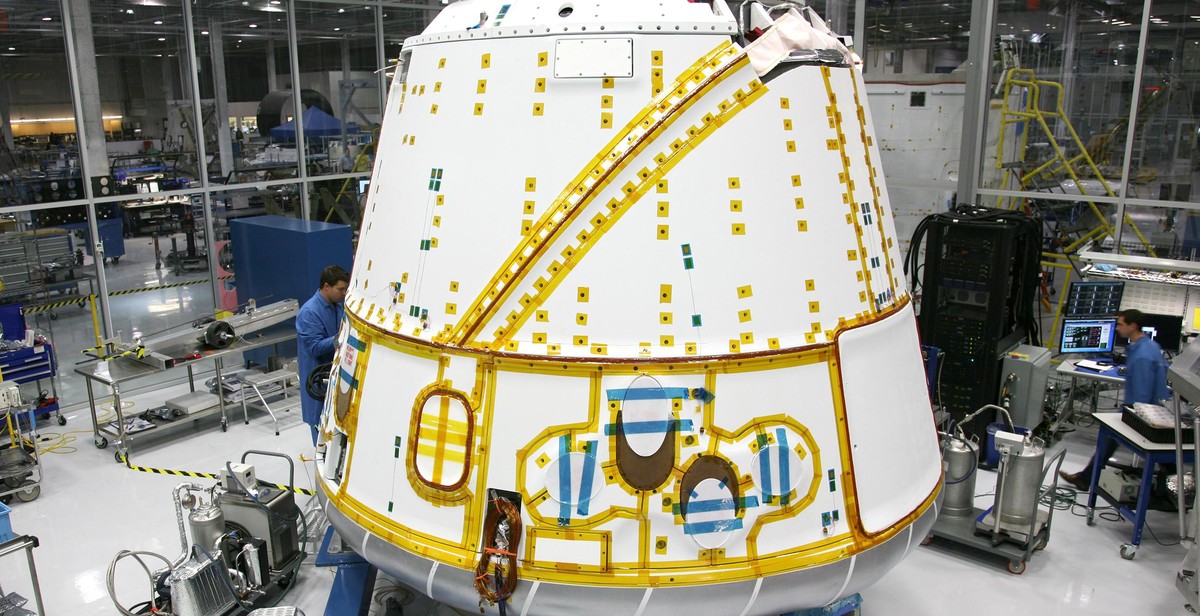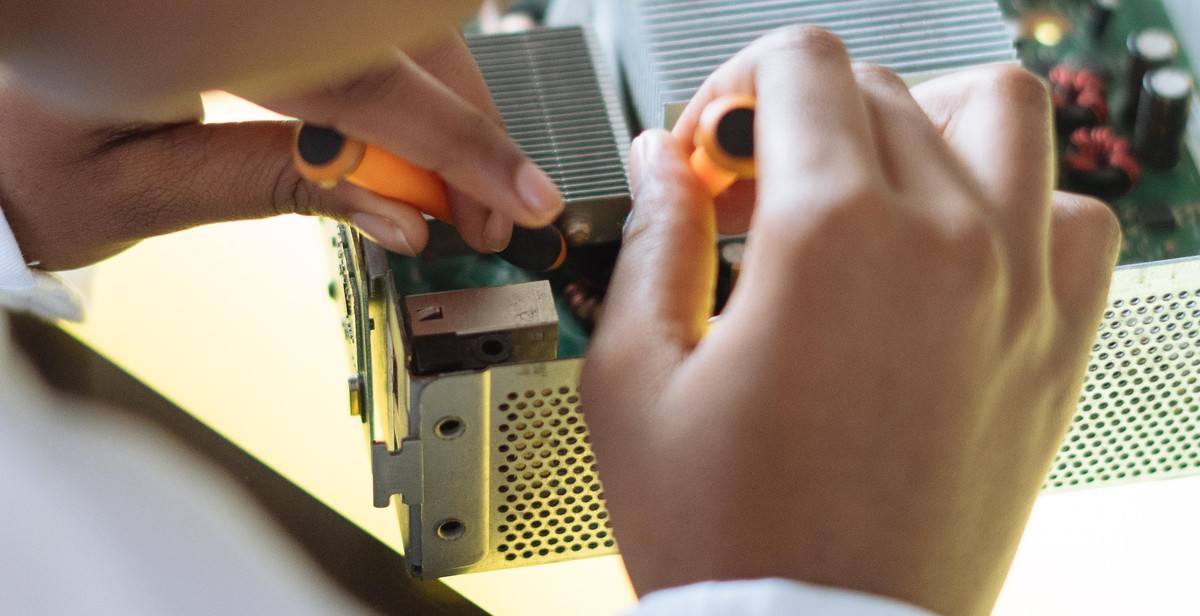Introduction: How to Install a Sprinkler System for Effortless Lawn Watering
Having a lush green lawn is a dream for many homeowners, but maintaining it can be a daunting task. One of the biggest challenges is ensuring that your lawn gets enough water to thrive. Hand watering your lawn can be time-consuming and inefficient, especially if you have a large lawn. That’s where a sprinkler system comes in.
A sprinkler system can help you keep your lawn healthy and green without the hassle of manual watering. With a properly installed sprinkler system, you can ensure that your lawn gets the right amount of water at the right time, without wasting a drop.
Why Install a Sprinkler System for Lawn Watering?
Installing a sprinkler system offers several benefits:
- Efficiency: A sprinkler system can water your lawn much more efficiently than manual watering. It can deliver water evenly to all areas of your lawn, without over- or under-watering any particular spot.
- Convenience: With a sprinkler system, you don’t have to spend hours dragging hoses around your lawn. Once the system is installed, it will do the job automatically.
- Conservation: A well-designed sprinkler system can help you conserve water by delivering the right amount of water to your lawn without wastage.
- Increased Property Value: A lush green lawn can significantly increase the value of your property. A sprinkler system can help you achieve that.
In this article, we’ll guide you through the process of installing a sprinkler system for your lawn, from planning and design to installation and maintenance. By the end of this article, you’ll have all the information you need to install a sprinkler system that will keep your lawn green and healthy all year round.

Preparing for Installation
Installing a sprinkler system may seem like a daunting task, but with proper planning and preparation, it can be a breeze. Follow these steps to ensure that your installation goes smoothly.
Determine the Size of Your Lawn
The first step in preparing for sprinkler system installation is to determine the size of your lawn. This will help you choose the right sprinkler system type and ensure that you have enough materials to complete the job.
To determine the size of your lawn, measure the length and width of your yard in feet and multiply the two numbers together. This will give you the total square footage of your lawn. For example, if your yard is 50 feet long and 30 feet wide, your total square footage would be 1,500 square feet.
Choose the Right Sprinkler System Type
Once you know the size of your lawn, you can choose the right sprinkler system type. There are several types of sprinkler systems to choose from, including:
- Rotary sprinklers: These sprinklers rotate and spray water in a circular pattern. They are best for large, open areas.
- Fixed spray sprinklers: These sprinklers spray water in a fixed pattern and are best for smaller, more precise areas.
- Drip irrigation: This system delivers water directly to the roots of plants and is best for gardens and other small areas.
Consider the size and shape of your lawn, as well as any landscaping features or obstacles, when choosing the right sprinkler system type.
Gather the Necessary Tools and Materials
Before you begin installation, gather all the necessary tools and materials. This will help ensure that you have everything you need to complete the job without having to make multiple trips to the hardware store.
Here is a list of tools and materials you may need:
| Tools: | Materials: |
| Shovel | Pipe |
| Tape measure | Sprinkler heads |
| Marker | Pipe fittings |
| Hacksaw | Pipe glue |
| Wire cutters | Controller/timer |
| Screwdriver | Valves |
| Drill | Backflow preventer |
| PVC cement | |
| Teflon tape |
Make sure to also have safety equipment on hand, such as goggles and gloves.
By following these steps and preparing for installation, you can ensure that your sprinkler system installation goes smoothly and efficiently.

Installing the Sprinkler System
Once you have planned the layout of your sprinkler system and gathered all the necessary materials, it’s time to start the installation process. Here are the steps you need to follow:
Step 1: Install the Water Source
The first step is to connect the water source to your sprinkler system. This can be done by tapping into your home’s main water supply or by installing a separate water line. If you’re tapping into your home’s water supply, you’ll need to shut off the main water valve and connect a backflow prevention device to prevent contamination of your home’s water supply.
Step 2: Lay the Pipes and Connectors
Once you have the water source connected, you can start laying the pipes and connectors. Begin by digging trenches for the pipes and laying them in place. Be sure to use PVC pipes and connectors that are the correct size for your system. You may need to use elbows, tees, and other fittings to create the layout you planned in the previous step.
As you lay the pipes, be sure to slope them slightly so that water flows downhill toward the sprinkler heads. This will ensure that the water is distributed evenly throughout your lawn.
Step 3: Install the Sprinkler Heads
Once the pipes and connectors are in place, it’s time to install the sprinkler heads. Start by digging holes for each sprinkler head and placing them in the holes. Be sure to choose sprinkler heads that are appropriate for your lawn’s needs, such as rotary or spray heads.
After installing the sprinkler heads, connect them to the pipes using appropriate fittings and connectors. Be sure to test the system to make sure that each sprinkler head is working properly and covering the intended area.
Step 4: Connect the System to Electricity
Finally, you’ll need to connect the sprinkler system to electricity. This can be done by running a wire from the controller to each sprinkler head. Be sure to follow the manufacturer’s instructions for wiring the system to ensure proper operation.
After connecting the system to electricity, test it again to ensure that all sprinkler heads are functioning properly.
Conclusion
By following these steps, you can install a sprinkler system that will keep your lawn healthy and green without the hassle of manual watering. With the right planning and materials, you can have a beautiful lawn all year round.

Testing and Maintenance
Once you have installed your sprinkler system, it’s important to test it to ensure it’s working properly. Here are some steps to follow:
Test the System
- Turn on the water supply and allow the system to run through a full cycle.
- Check each sprinkler head to ensure that it’s spraying in the desired direction and covering the intended area.
- Adjust any heads that are not working properly or not covering the desired area.
- Check for leaks in the system. Look for any water pooling around the sprinkler heads or along the pipes.
- Make sure the system is turning off properly at the end of the cycle.
Perform Regular Maintenance
Regular maintenance will help keep your sprinkler system working properly and prevent costly repairs. Here are some maintenance tasks you should perform:
- Clear debris from around the sprinkler heads to ensure they spray properly.
- Check the system for leaks and repair them immediately.
- Adjust sprinkler heads as needed to ensure proper coverage.
- Replace any broken or damaged sprinkler heads.
- Check the system for clogs and clean out any debris.
- Winterize the system before the first freeze to prevent pipes from bursting.
| Task | Frequency |
|---|---|
| Test the system | After installation and before each watering season |
| Clear debris from around the sprinkler heads | As needed |
| Check for leaks | Monthly |
| Adjust sprinkler heads | As needed |
| Replace broken or damaged sprinkler heads | As needed |
| Check for clogs and clean out debris | As needed |
| Winterize the system | Before the first freeze |
